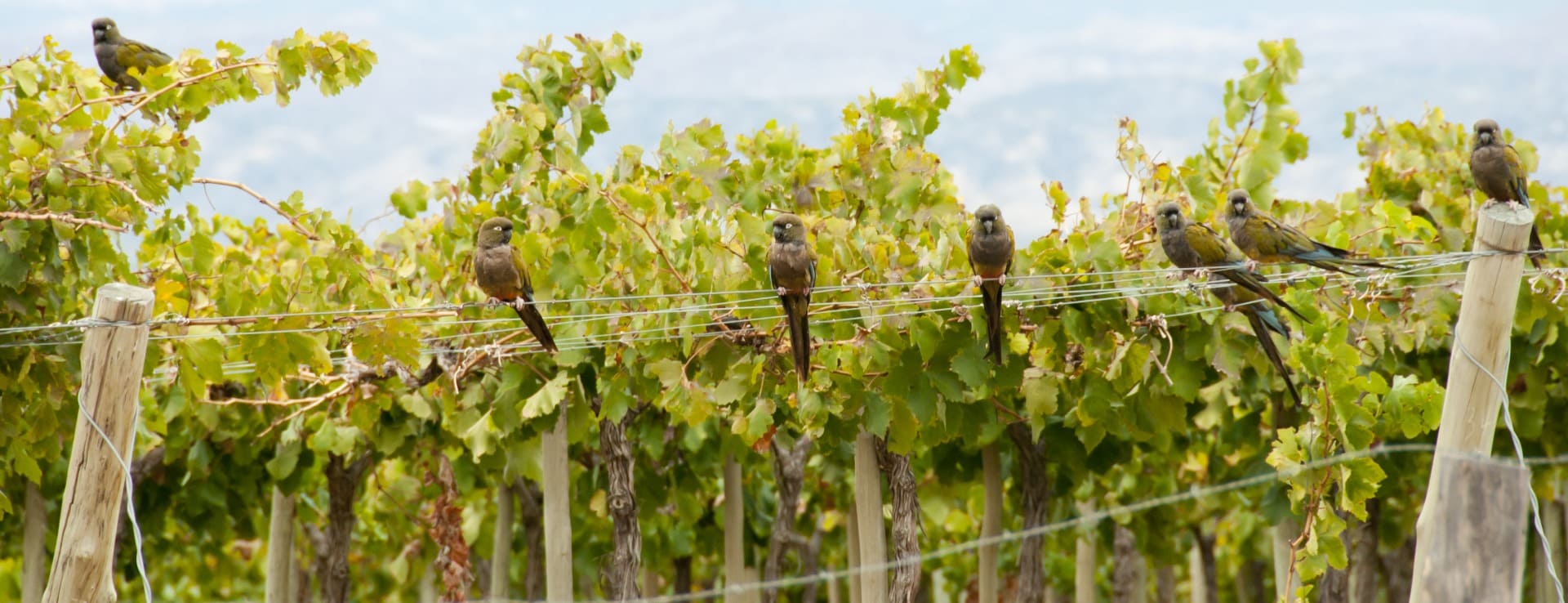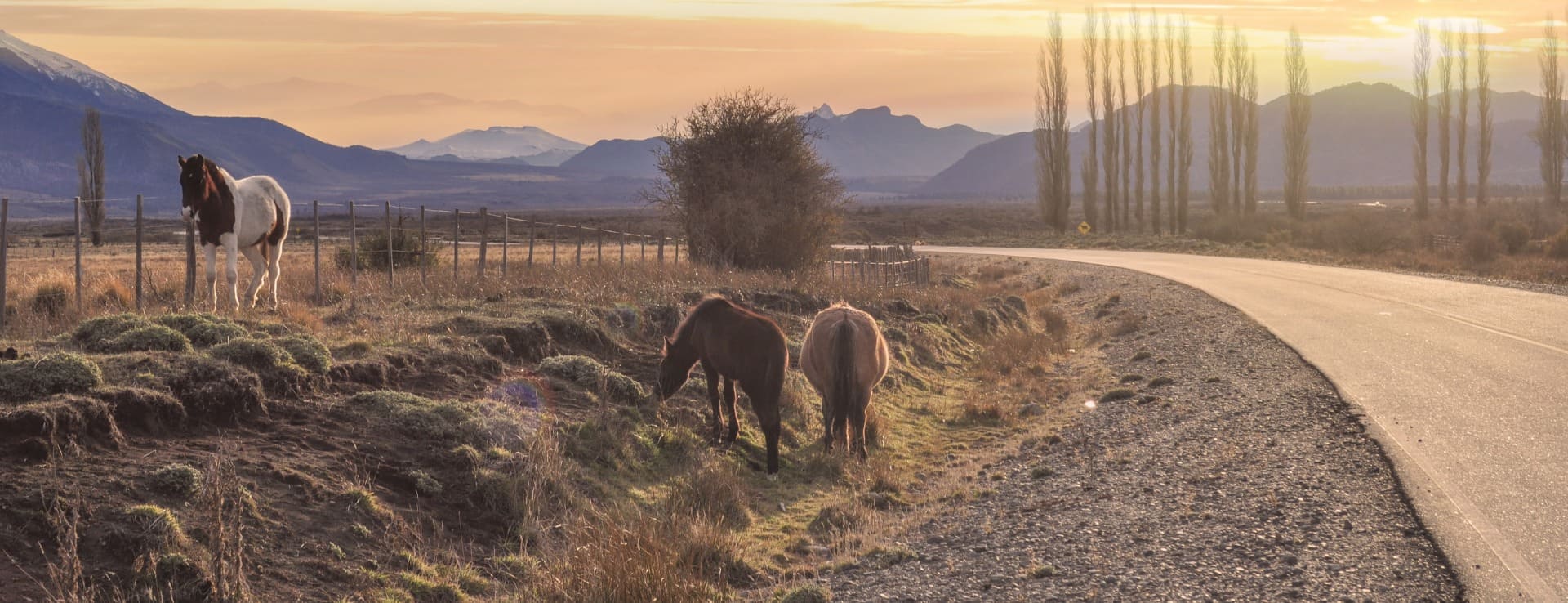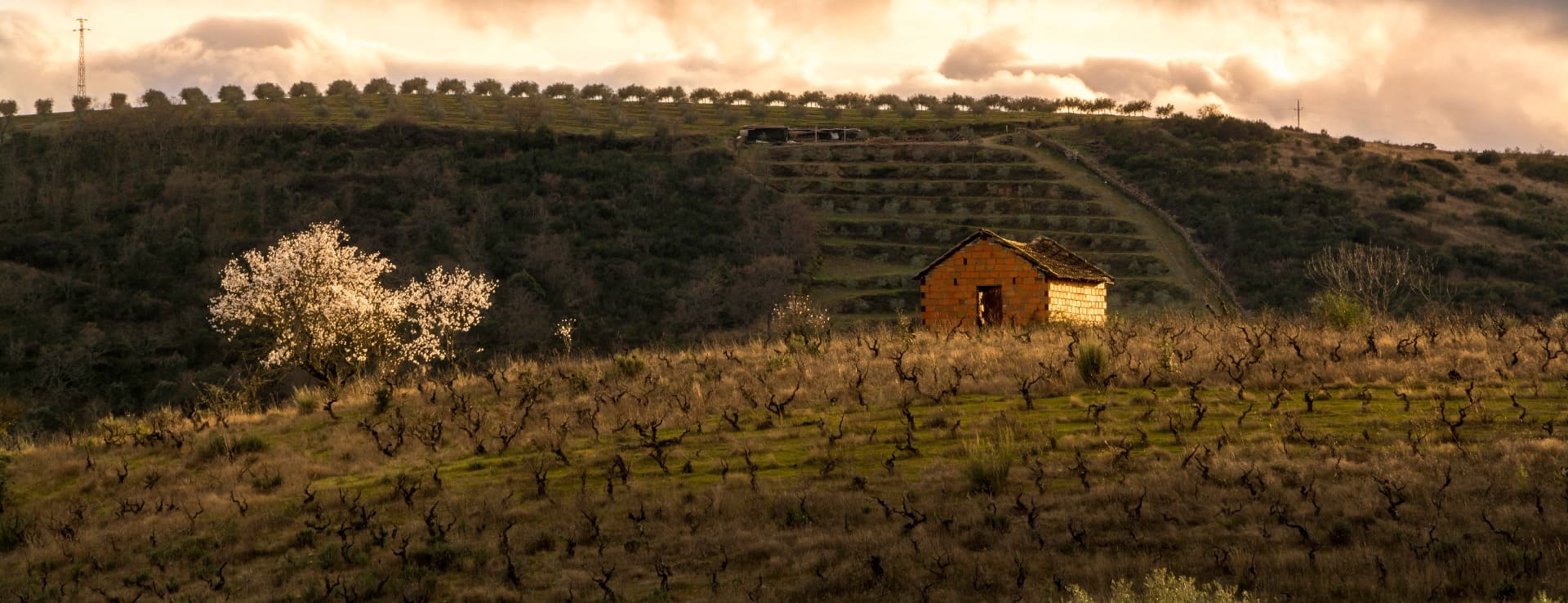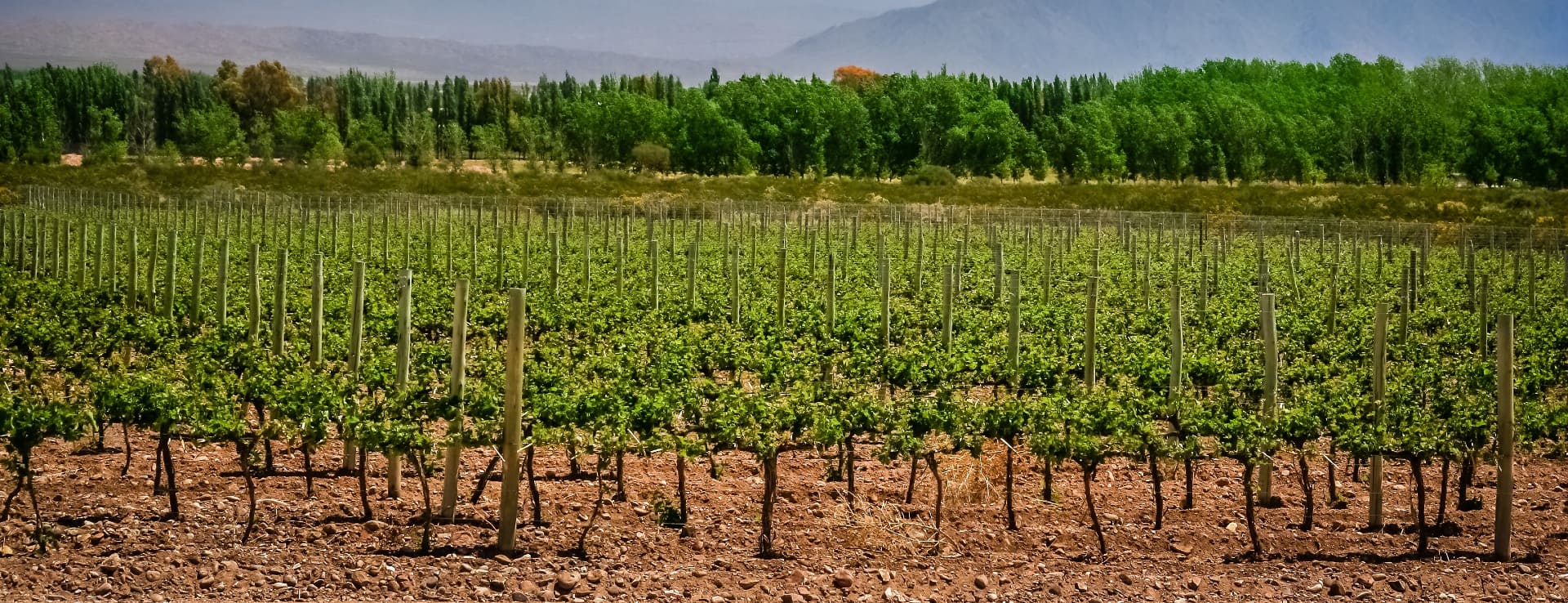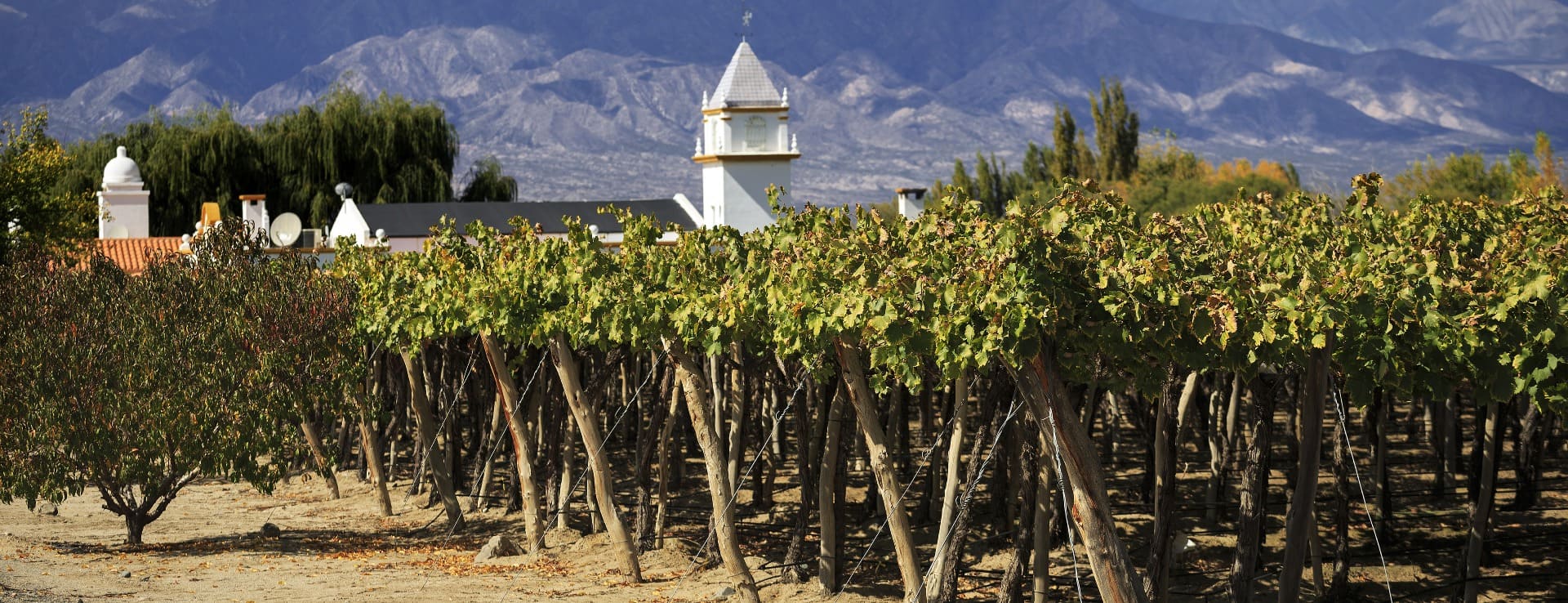Find your winery or vineyard
1 Wineries and Vineyards for sale in DO Neuquén and Río Negro
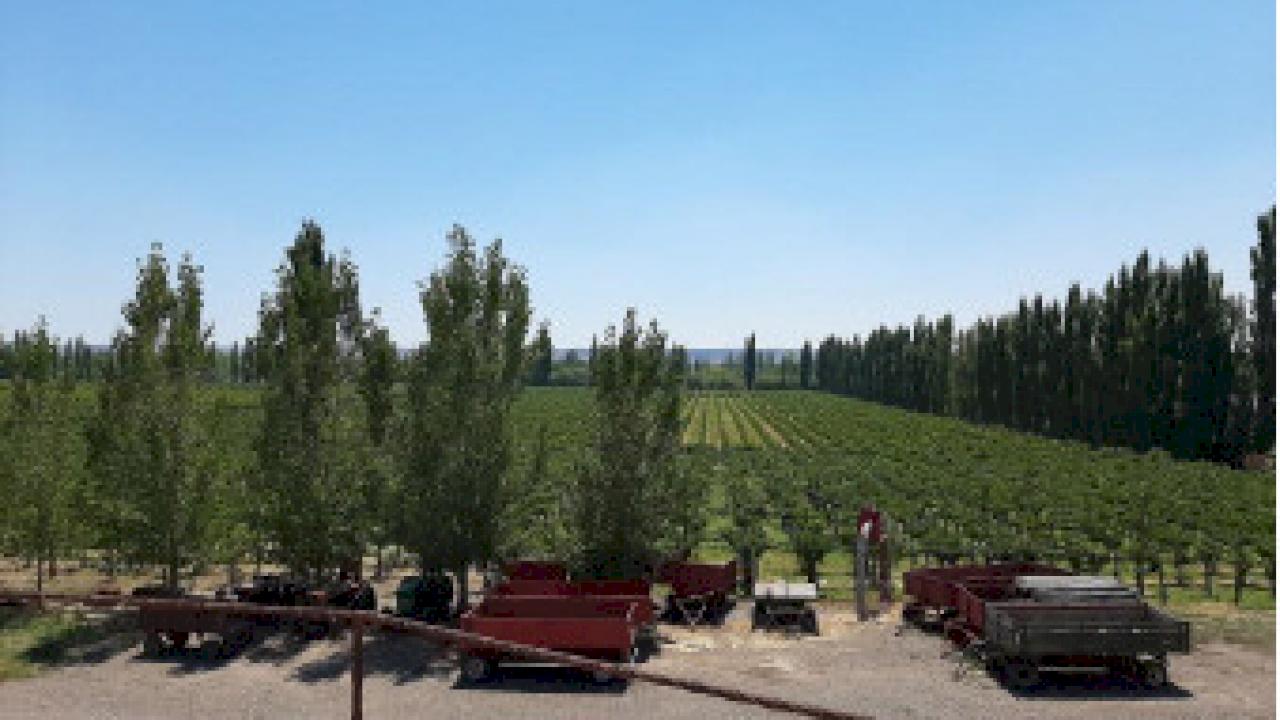
Winery for sale in the Patagonia, Argentina.
Winery with large production capacity and 35ha of vineyards located in the Patagonia in Argentina.
Infographic of the Denomination of Origin
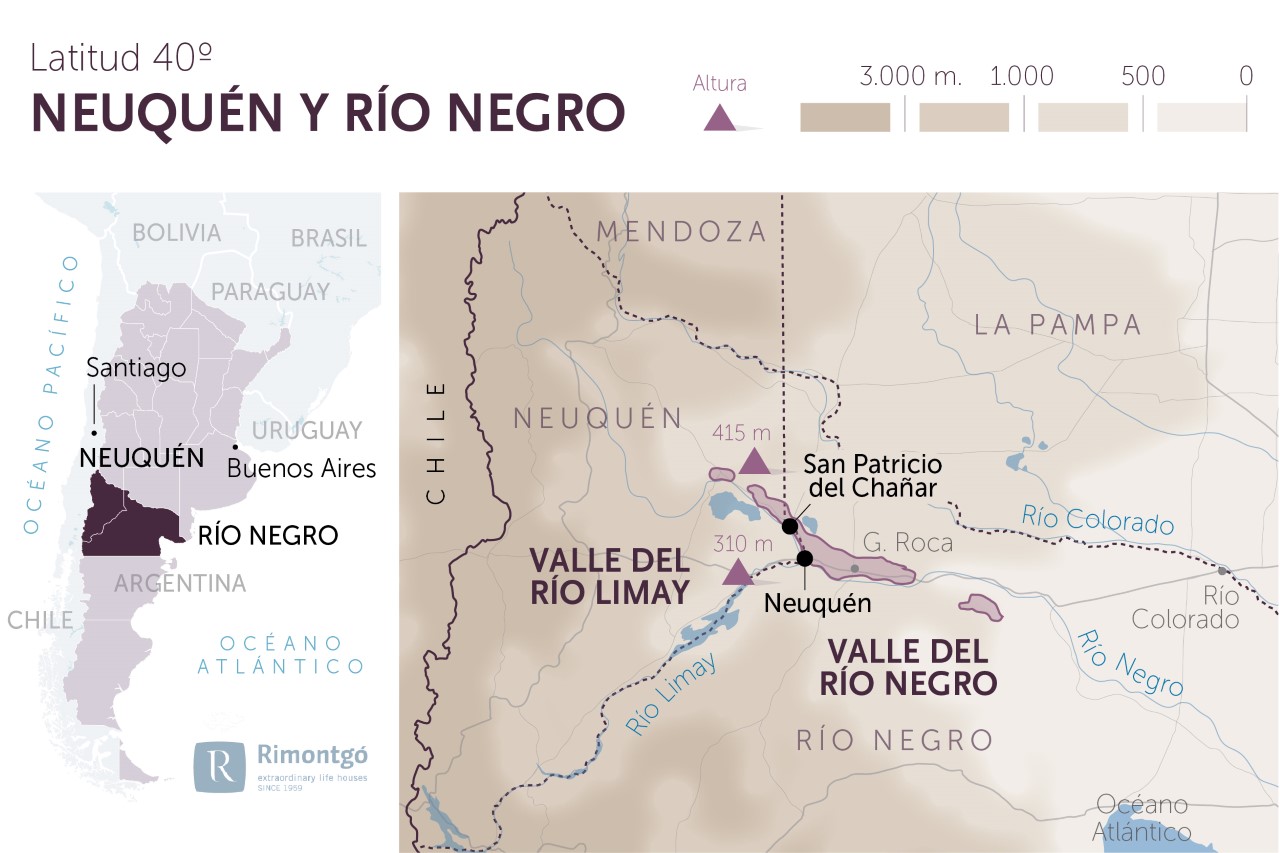
Change to imperial units (ft2, ac, °F)Change to international units (m2, h, °C)
Number of wineries (2017):
12
Total surface area:
1.761 ha4.351 ac
Altitude of the vineyards:
Min: 270m
Max: 415m
Min: 886ft
Max: 1.362ft
Temperature:
Average: 13º55°F
Yearly rainfall:
150 l/m214 l/ft2
Designation of Origin Neuquén and Río Negro
LOCATION AND HISTORY
Historically, the wineries located in the wine regions of Neuquén and Río Negro have enjoyed importance within the Argentine wine production, although at the end of the 80s they went through a period of recession from which they began to emerge approximately ten years later, thanks to the start-up of new wineries, especially in the Neuquén wine region and more specifically in the town of San Patricio del Chañar. In this DO, most of the wineries are located in the Neuquén and Limay river basins, in the southeast of the territory.
Apart from the Valley of Neuquén River there is also the Alto Valle del Río Negro (High Valley), in the wine region of the same name, as another important wine production area in these Argentinean wine regions. The current wineries belonging to the Designation of Origin Río Negro pick up the baton from the wine companies that were protagonists in the past in the wine production in the country together with other wine regions such as San Juan and Mendoza.
Unlike other regions in the country, in the south of Argentina, wine industry is a secondary activity in the region's economy.
The wine region of Patagonia is not in the area with a view of the snowy peaks of the Andes and pine forests, as many might think, but in the oasis of the desert region of Neuquén and Río Negro.
SOILS
The soils in the designations of origin Neuquén and Río Negro are generally under the conditions of the Patagonian region. The different types of soils are typical of the desert, alluvial, gray, formed by colluvial-alluvial materials. Nowadays, advances in irrigation systems have allowed the areas dedicated to vine cultivation to extend to the Patagonian plateau of poor, deep and sandy soils with pebbles. In the town of San Patricio del Chañar we find different types of sandy and loamy and stony soils.
The altitude is one of the lowest in the Argentine wine regions, about 350 m above sea level on average at the foot of the Patagonian plateau, where strong Patagonian winds from the southwest are constant. The action of these dry winds helps to maintain vineyards and grapes in an excellent state of health, free of fungi and also allows for practically organic viticulture. The presence of the waters of the Neuquén River makes irrigation possible.
CLIMATE
In both wine regions, Neuquén and Río Negro, the climate typology in most of its land is continental desert. The average annual rainfall does not stand out especially, as it is about 200 mm and the humidity is 56%. The temperatures do not suffer in their extremes in summer and winter, being the minimum ones in about 6º and the maximum ones in hardly 22º. There can be late spring or early autumn frosts, exceptionally there can be black frosts in the middle of summer, this short frost-free period makes it possible to grow early harvest varieties.
Although the cultivated area is located at a low altitude, between 270 and 415 metres, the temperature drops as a result of the latitude, which has a compensatory effect. To sum up, the climate is hot with very cold nights and strong drought, with great exposure to the sun and permanent breezes, which is why it is necessary to establish protective measures for the vines to alleviate the effect of winds of varying intensity.
In the area of Río Negro, the climate is even a little colder due to the influence of the river and that is why cold weather grape varieties such as Merlot and Pinot Noir have been planted.
In Patagonia the climate is dry and much windier than in Mendoza. The latitude is the southernmost in the country and the altitude is much lower than in Mendoza.
TYPE OF GRAPE
The preference for the finest grapes has always been a characteristic of the southernmost terroir. Since the beginning of the 20th century, its winemakers have correctly understood that the region's climate requires short-cycle varieties.
The temperatures in the designation of origin Río Negro, lower than in the DO Neuquén, are the reason for the commitment on varieties more adapted to the cold climate, such as Pinot Noir or Merlot. Other varieties that can be found in these two wine regions are Cabernet Sauvignon, Chardonnay or Sémillon.
Discover more wineries and vineyards for sale in these wine regions in Argentina
Subscribe to our mailing list to receive news about wineries and vineyards.

